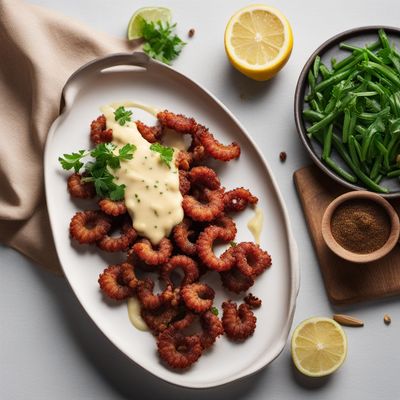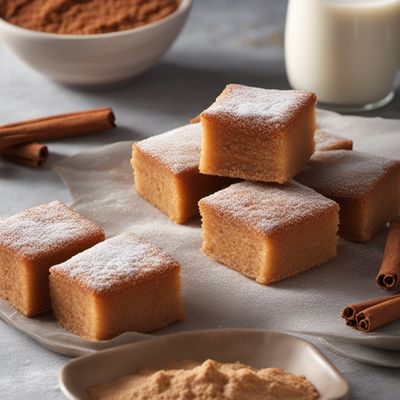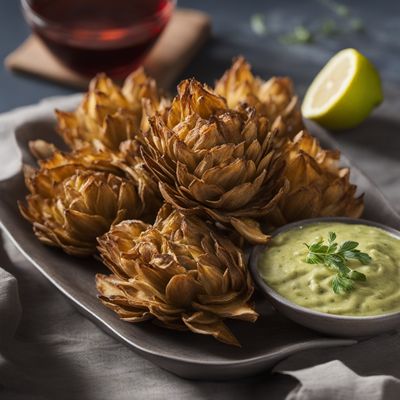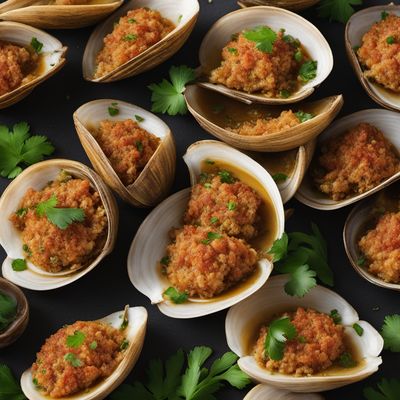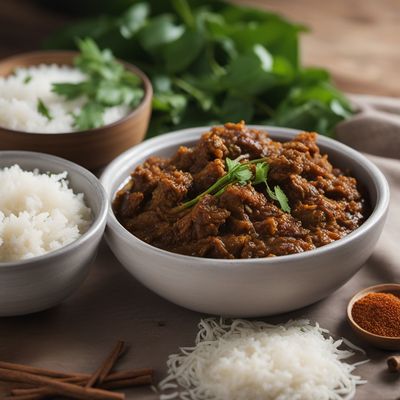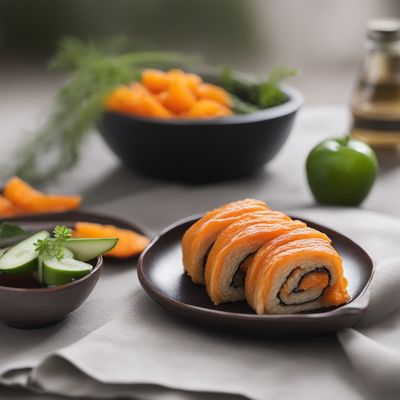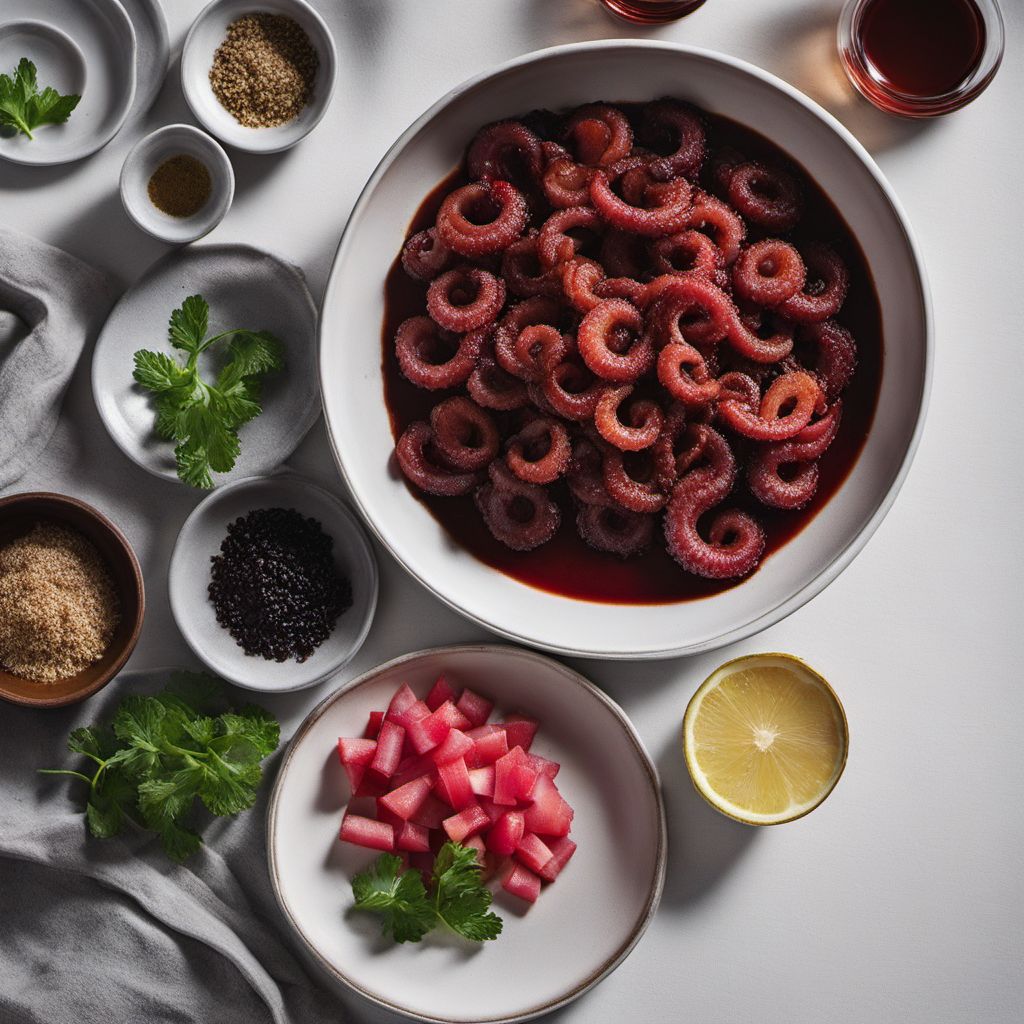
Recipe
Faroese-style Octopus Fillets
Oceanic Delight: Faroese-style Octopus Fillets
4.5 out of 5
Indulge in the flavors of the Faroe Islands with this exquisite recipe for Faroese-style Octopus Fillets. This dish combines the tender and succulent octopus with traditional Faroese ingredients, creating a unique and unforgettable culinary experience.
Metadata
Preparation time
30 minutes
Cooking time
35 minutes
Total time
65 minutes
Yields
4 servings
Preparation difficulty
Medium
Suitable for
Pescatarian, Gluten-free, Dairy-free, Low carb, Paleo
Allergens
Fish
Not suitable for
Vegetarian, Vegan, Nut-free, Egg-free, Soy-free
Ingredients
In the original Spanish dish, the octopus is typically cooked with paprika and olive oil, giving it a smoky and Mediterranean flavor. However, in this Faroese adaptation, we incorporate local ingredients such as dried seaweed and fermented fish sauce to infuse the dish with a unique umami taste. Additionally, the traditional Spanish accompaniments are replaced with roasted root vegetables and a tangy rhubarb sauce, adding a Faroese touch to the overall presentation and flavor profile. We alse have the original recipe for Filetes de polvo, so you can check it out.
-
500g (1.1 lb) octopus tentacles 500g (1.1 lb) octopus tentacles
-
2 tablespoons dried seaweed 2 tablespoons dried seaweed
-
2 tablespoons fermented fish sauce 2 tablespoons fermented fish sauce
-
500g (1.1 lb) mixed root vegetables (carrots, turnips, potatoes) 500g (1.1 lb) mixed root vegetables (carrots, turnips, potatoes)
-
2 tablespoons olive oil 2 tablespoons olive oil
-
Salt and pepper to taste Salt and pepper to taste
-
For the rhubarb sauce: For the rhubarb sauce:
-
200g (7 oz) rhubarb, chopped 200g (7 oz) rhubarb, chopped
-
2 tablespoons sugar 2 tablespoons sugar
-
1 tablespoon lemon juice 1 tablespoon lemon juice
Nutrition
- Calories (kcal / KJ): 250 kcal / 1046 KJ
- Fat (total, saturated): 8g, 1g
- Carbohydrates (total, sugars): 20g, 5g
- Protein: 25g
- Fiber: 5g
- Salt: 1.5g
Preparation
-
1.Preheat the oven to 180°C (350°F).
-
2.In a large pot of boiling water, blanch the octopus tentacles for 1 minute. Remove from the water and pat dry.
-
3.Rub the dried seaweed onto the octopus tentacles, ensuring they are evenly coated.
-
4.Heat a grill pan over medium-high heat and lightly oil the surface. Grill the octopus tentacles for 2-3 minutes on each side until they are charred and cooked through. Remove from heat and set aside.
-
5.In a separate roasting pan, toss the mixed root vegetables with olive oil, salt, and pepper. Roast in the preheated oven for 25-30 minutes until they are tender and golden.
-
6.Meanwhile, prepare the rhubarb sauce by combining the chopped rhubarb, sugar, and lemon juice in a saucepan. Cook over medium heat until the rhubarb breaks down and the sauce thickens slightly.
-
7.To serve, arrange the roasted root vegetables on a plate, place the grilled octopus tentacles on top, and drizzle with the rhubarb sauce.
Treat your ingredients with care...
- Octopus tentacles — To ensure tenderness, blanch the octopus before grilling. Rubbing the dried seaweed onto the tentacles adds a unique umami flavor.
- Fermented fish sauce — This ingredient provides a distinct Faroese taste. If unavailable, you can substitute it with a combination of fish sauce and a small amount of miso paste.
Tips & Tricks
- To achieve a tender octopus, blanch it briefly before grilling.
- Experiment with different root vegetables such as parsnips or rutabagas for added variety.
- Adjust the sweetness of the rhubarb sauce by adding more or less sugar according to your preference.
- Serve the dish with a side of boiled new potatoes for a more substantial meal.
- Garnish with fresh herbs like dill or parsley to enhance the flavors.
Serving advice
Serve the Faroese-style Octopus Fillets as a main course, accompanied by a side of boiled new potatoes or a fresh green salad. Drizzle extra rhubarb sauce over the dish for added tanginess.
Presentation advice
Arrange the grilled octopus tentacles on top of the roasted root vegetables, creating an appealing visual contrast. Drizzle the rhubarb sauce in an artistic manner, adding a pop of color to the plate. Garnish with fresh herbs for a final touch of elegance.
More recipes...
For Filetes de polvo
For Spanish cuisine » Browse all
More Spanish cuisine dishes » Browse all

Mejillones en escabeche
Pickled Mussels
Mejillones en escabeche is a traditional Spanish dish made with mussels and a tangy marinade. It is a flavorful and easy-to-make dish that is...

Mollete (Spain)
Mollete
Mollete is a traditional Spanish dish that is typically served for breakfast or as a snack.
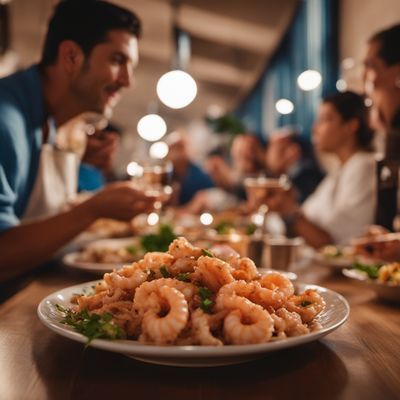
Calamars a la sitgetana
Sitges-style Squid
Calamars a la sitgetana is a traditional Spanish dish that is made with squid, onions, tomatoes, and garlic. It is typically served with a side of...
